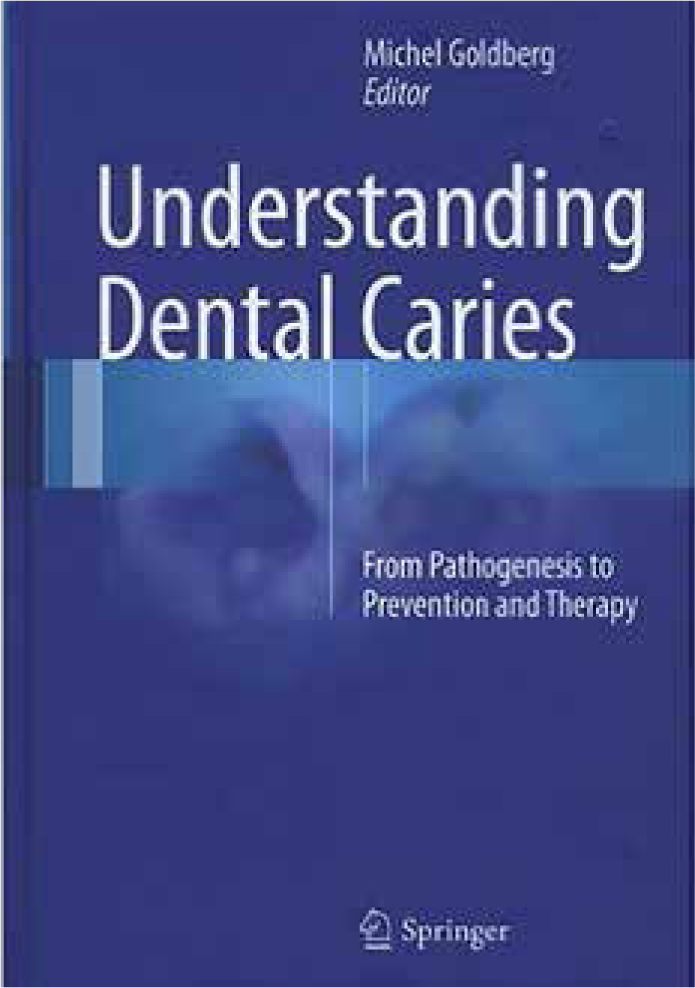Article
Understanding Dental Caries; From Pathogenesis to Prevention and Therapy
This new cariology text seeks to explain the biological background of dental caries and the formation of carious lesions to provide the practitioner and student reader with the basis to understand different therapeutic and preventive measures. To this end the Editor, Michel Goldberg, has enlisted the help of 20 international cariologists. The book has 19 chapters, 249 pages and is fully referenced. A first examination yields three unpleasant surprises: there is no index; of 126 figures, only 5 contain clinical pictures and the Editor's Preface is peppered with grammatical errors.
The text is divided into 5 parts covering carious enamel, carious dentine, cervical erosions, fluoride and finally invasive and non-invasive therapy. The major part of the text covers histology in great detail but sadly with minimal reference to the clinical relevance. The enamel histological section includes an excellent chapter on the biofilm, and a diagnostic chapter that only covers light-induced detection methods, none of which detects cavities. Clinical-visual diagnosis and radiography are not covered.
Fluoride, brushing, toothpastes and saliva are briefly, but well discussed. An excellent chapter on resin infiltration really brings the biology to the clinical problems. The best 20 pages for me concern ‘Minimally Invasive Therapy: Keeping Teeth Functional for Life’. A final chapter covers individual caries risk assessment and then discusses preventive strategies, repeating much of what is already in the preceding chapters. Dietary counselling is given half a page but there is nothing on sugars or behaviour modification.
This book is expensive and is not a stand-alone text for students. However, cariology teachers and researchers will find much of interest. Hopefully, libraries will stock copies so that teachers can refer students to specific chapters.


